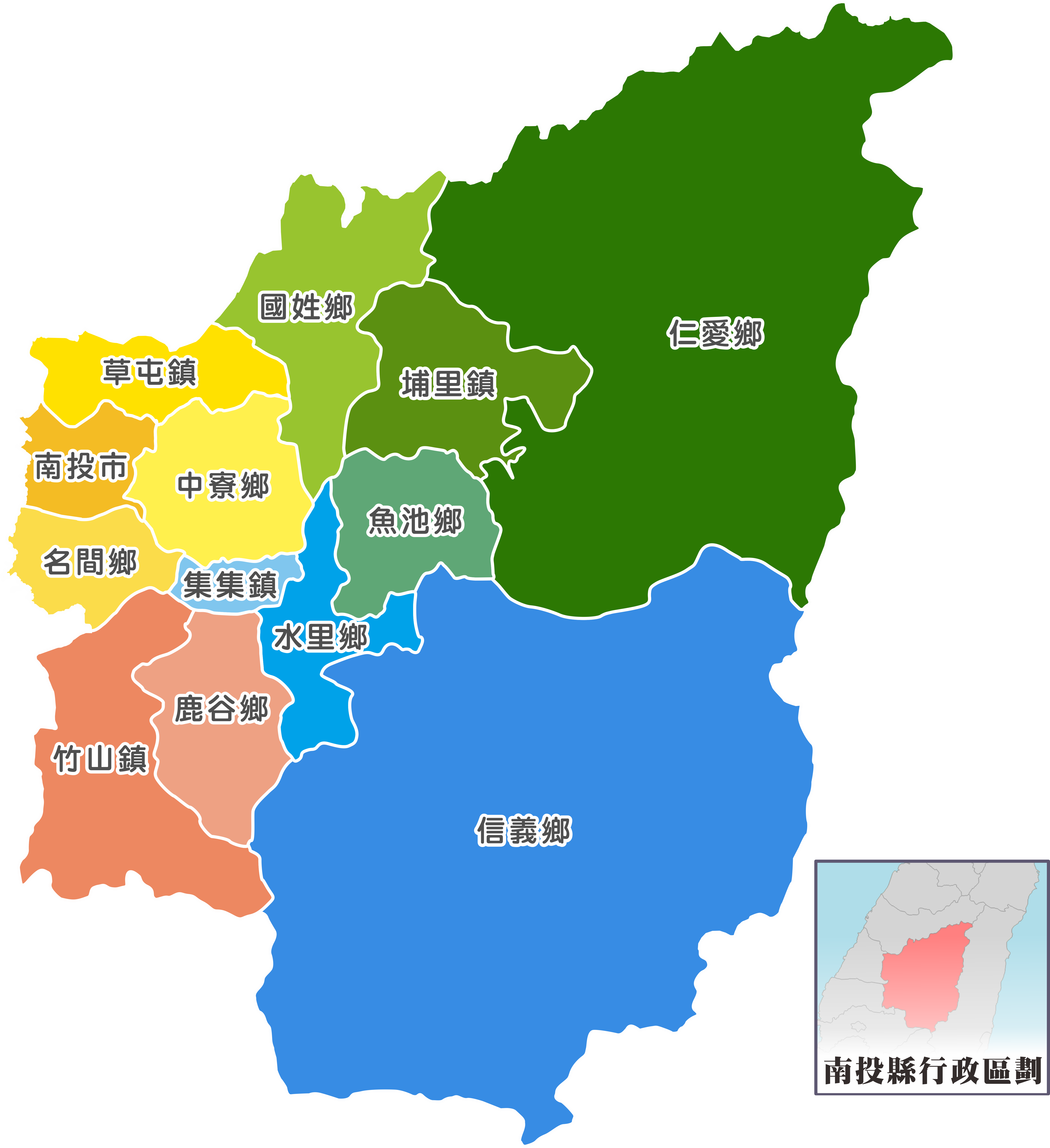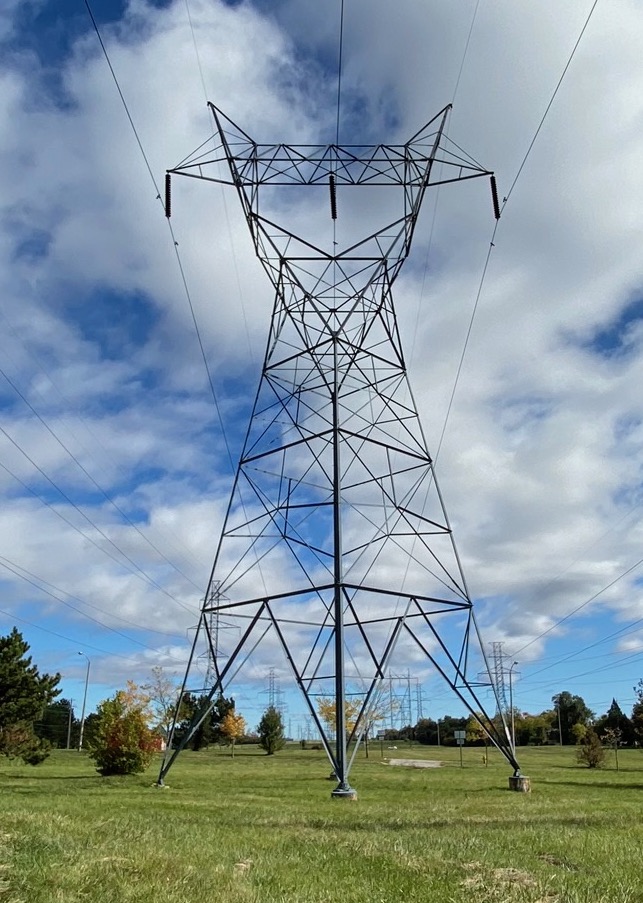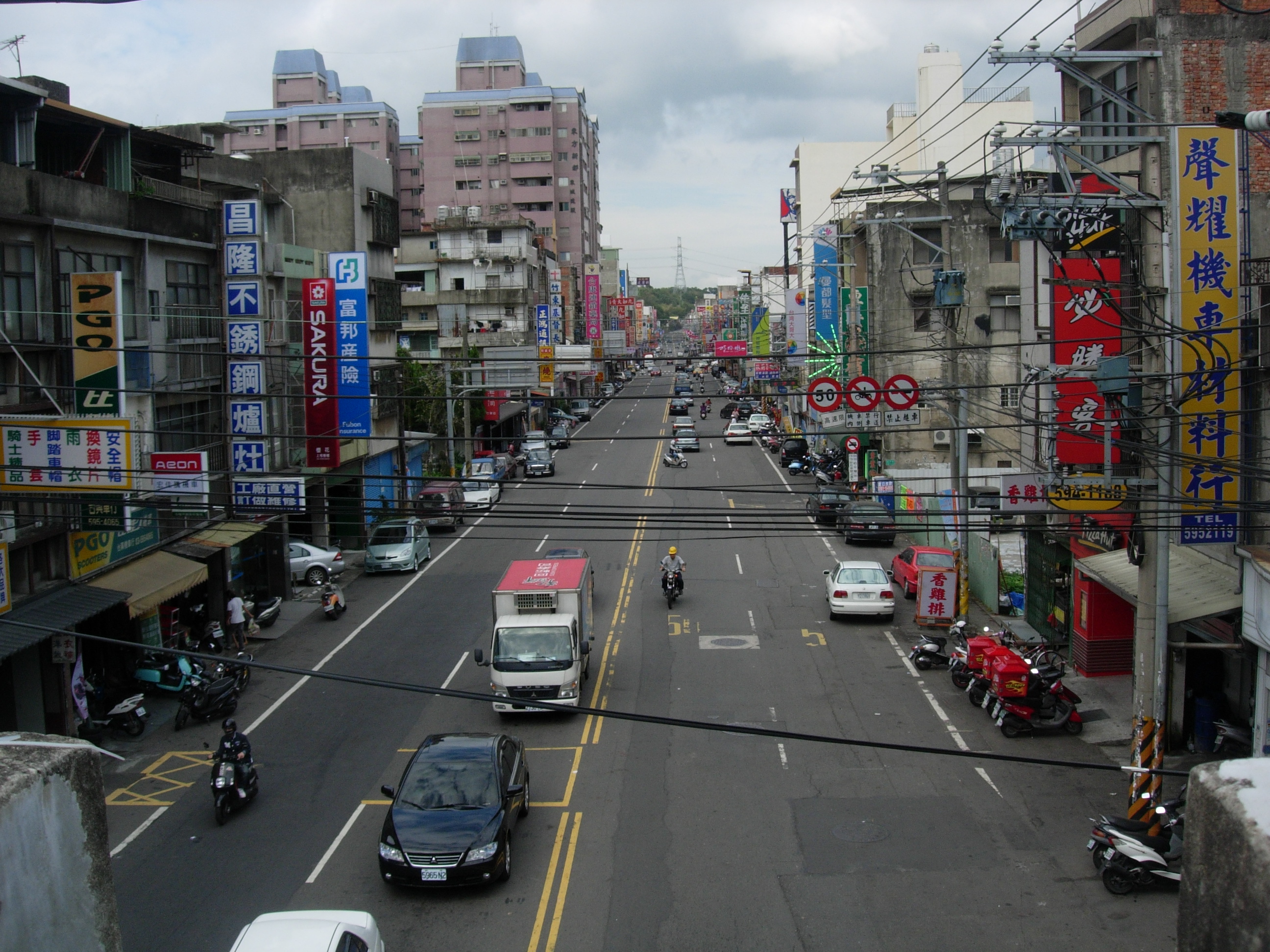|
Mingjian
Mingjian Township is a rural township in western Nantou County, Taiwan. It is the second smallest township in the county, after Jiji Township. Name and etymology The name Mingjian originates from a Japanese transliteration of the original Taiwanese Hokkien name, Làm-á (), with literal meaning "a very wet place". In 1920, during Japanese rule, the name was changed to which closely matched the Taiwanese pronunciation but with different ''kanji'' (Chinese characters) for the name. This written form was retained after the Kuomintang takeover of Taiwan in 1945; the characters are pronounced ''Bêng-kan'' and ''Míngjiān'' in Taiwanese and Mandarin Chinese, respectively. History Mingjian was a hunting ground for the Taiwanese aborigines. In 2008, the 100th congregation of the Church of Jesus Christ of Latter-day Saints in Taiwan was organized in Mingjian. A leaning unused electrical pylon damaged in the 1999 Jiji earthquake, has been turned into an earthquake memorial. [...More Info...] [...Related Items...] OR: [Wikipedia] [Google] [Baidu] |
Mingjian
Mingjian Township is a rural township in western Nantou County, Taiwan. It is the second smallest township in the county, after Jiji Township. Name and etymology The name Mingjian originates from a Japanese transliteration of the original Taiwanese Hokkien name, Làm-á (), with literal meaning "a very wet place". In 1920, during Japanese rule, the name was changed to which closely matched the Taiwanese pronunciation but with different ''kanji'' (Chinese characters) for the name. This written form was retained after the Kuomintang takeover of Taiwan in 1945; the characters are pronounced ''Bêng-kan'' and ''Míngjiān'' in Taiwanese and Mandarin Chinese, respectively. History Mingjian was a hunting ground for the Taiwanese aborigines. In 2008, the 100th congregation of the Church of Jesus Christ of Latter-day Saints in Taiwan was organized in Mingjian. A leaning unused electrical pylon damaged in the 1999 Jiji earthquake, has been turned into an earthquake memorial. [...More Info...] [...Related Items...] OR: [Wikipedia] [Google] [Baidu] |
Nantou County
Nantou County (; Hokkien POJ: ''Lâm-tâu-koān''; Hakka PFS: ''Nàm-thèu-yen'') is the second largest county of Taiwan by area, located in the central part of the country. It is also the only non-coastal county in Taiwan. Its name derives from the Hoanya Taiwanese aboriginal word ''Ramtau''. Its mountainous area makes it a tourist destination; Sun Moon Lake is located in this county. Other well-known sightseeing of the county including Aowanda, Formosan Aboriginal Culture Village, Hehuanshan, Paper Dome, Qingjing Farm, Shanlinxi, Shuiyuan Suspension Bridge and Xitou. Notable cities in Nantou are Nantou City and Puli Town. The official butterfly of Nantou County is the broad-tailed swallowtail butterfly (''Agehana maraho''). Nantou's tung-ting tea is one of the most famous and high-quality oolong teas grown in Taiwan. History Early history Before the arrival of Han Chinese to Nantou, the Atayal, Bunun and Tsou tribes were distributed throughout the northern and ce ... [...More Info...] [...Related Items...] OR: [Wikipedia] [Google] [Baidu] |
Zhuoshui Station
Zhuoshui () is a railway station on the Taiwan Railways Administration Jiji line located in Mingjian Township, Nantou County, Taiwan Taiwan, officially the Republic of China (ROC), is a country in East Asia, at the junction of the East and South China Seas in the northwestern Pacific Ocean, with the People's Republic of China (PRC) to the northwest, Japan to the nort .... History The station was opened on 14 January 1922. See also * List of railway stations in Taiwan References External links 1922 establishments in Taiwan Railway stations in Nantou County Railway stations opened in 1922 Railway stations served by Taiwan Railways Administration {{Taiwan-railstation-stub ... [...More Info...] [...Related Items...] OR: [Wikipedia] [Google] [Baidu] |
Electrical Pylon
A transmission tower, also known as an electricity pylon or simply a pylon in British English and as a hydro tower in Canadian English, is a tall structure, usually a steel lattice tower, used to support an overhead power line. In electrical grids, they are generally used to carry high-voltage transmission lines that transport bulk electric power from generating stations to electrical substations; utility poles are used to support lower-voltage subtransmission and distribution lines that transport power from substations to electric customers. They come in a wide variety of shapes and sizes. Typical height ranges from , though the tallest are the towers of a span between the islands Jintang and Cezi in China's Zhejiang province. The longest span of any hydroelectric crossing ever built belongs to the powerline crossing of Ameralik fjord with a length of . In addition to steel, other materials may be used, including concrete and wood. There are four major categories of ... [...More Info...] [...Related Items...] OR: [Wikipedia] [Google] [Baidu] |
Township (Taiwan)
Townships are the third-level administrative subdivisions of counties of the Republic of China (Taiwan), along with county-administered cities. After World War II, the townships were established from the following conversions on the Japanese administrative divisions: Although local laws do not enforce strict standards for classifying them, generally urban townships have a larger population and more business and industry than rural townships, but not to the extent of county-administered cities. Under townships, there is still the village as the fourth or basic level of administration. As of 2022, there are totally 184 townships, including 38 urban townships, 122 rural townships and 24 mountain indigenous townships. 174 townships with 35 urban and 118 rural townships are located in Taiwan Province and 10 townships with 3 urban and 4 rural townships are located in Fujian Province. Penghu and Lienchiang are the only two counties that do not have urban townships. Statistics of ... [...More Info...] [...Related Items...] OR: [Wikipedia] [Google] [Baidu] |
Chen Cheng-sheng
Chen Cheng-sheng (; born 26 January 1950) is a Taiwanese politician who served in the Legislative Yuan from 1999 to 2002. Chen attended Shih Hsin University, National Chung Hsing University, Tunghai University, and Chinese Culture University, where he received a doctorate in history. After graduation, Chen worked for the Taiwan Provincial Government and grew close to Chiang Ching-kuo. He represented the New Party in the 1997 Nantou County magistracy election, but withdrew from the party after losing to Peng Pai-hsien Peng Pai-hsien (; born 14 June 1949) is a Taiwanese politician. Political career He served in the Legislative Yuan from 1990 to 1997 as a member of the Democratic Progressive Party. Peng was a member of the DPP's Justice Alliance faction until .... Chen was elected to the legislature as an independent in 1998. In 2000, he joined the People First Party and was named the PFP's caucus leader. Chen also served as the party's spokesperson. In 2009, Chen ran fo ... [...More Info...] [...Related Items...] OR: [Wikipedia] [Google] [Baidu] |
Jiji, Nantou
Jiji () or Chichi is an urban township located in the west central portion of Nantou County, Taiwan. Jiji is the smallest of Taiwan's townships by area. The township is a popular destination on the Jiji Railway Line. In March 2012, it was named one of the ''Top 10 Small Tourist Towns'' by the Tourism Bureau of Taiwan. History Han Chinese from Zhangzhou began arriving in the area in 1771. The name originates from "Chiv-Chiv", a phrase in the Formosan languages. During the Japanese era (1895–1945), Jiji was a collection and shipping export point for camphor produced in the surrounding areas. By 1940, it was administrated as Shūshū Town (集集街), Niitaka District (新高郡), Taichū Prefecture (now Taichung.) Jiji township then encompassed a much larger area that included the present-day Shuili Township. In 1946, Niitaka District was renamed Yushan District (玉山區), Taichung County, and Jiji contemporaneously became a township. In 1950, Shuili Township was separ ... [...More Info...] [...Related Items...] OR: [Wikipedia] [Google] [Baidu] |
Taiwan Railways Administration
Taiwan Railways Administration (TRA) is a railway operator in Taiwan. It is an agency of the Ministry of Transportation and Communications, responsible for managing, maintaining, and running conventional passenger and freight railway services on 1097 km of track in Taiwan. Since Taiwan is heavily urbanised with a high population density, railways have played an important part in domestic transportation since the late 19th century. Passenger traffic in 2018 was 231,267,955. The agency's headquarters are in Zhongzheng District, Taipei. Overview Railway services between Keelung and Hsinchu began in 1891 under China's Qing dynasty. Because the railway was completely rebuilt and substantially expanded under the operated by Formosa's Japanese colonial government (1895–1945), the network's Japanese influence and heritage persists. Similarities between the TRA and the Japan Railways (JR) companies can be noted in signal aspects, signage, track layout, fare controls, sta ... [...More Info...] [...Related Items...] OR: [Wikipedia] [Google] [Baidu] |
1999 Jiji Earthquake
The Chi-Chi earthquake (later also known as the Jiji earthquake) (), also known as the great earthquake of September 21 (), was a 7.3 ML or 7.7 Mw earthquake which occurred in Jiji (Chi-Chi), Nantou County, Taiwan on Tuesday, 21 September 1999 at 01:47:12 local time. 2,415 people were killed, 11,305 injured, and billion worth of damage was done. It is the second-deadliest earthquake in Taiwan's recorded history, after the 1935 Shinchiku-Taichū earthquake. Rescue groups from around the world joined local relief workers and the Taiwanese military in digging out survivors, clearing rubble, restoring essential services and distributing food and other aid to the more than 100,000 people made homeless by the quake. The disaster, dubbed the "Quake of the Century" by the local media, had a profound effect on the economy of the island and the consciousness of the people, and dissatisfaction with government's performance in reacting to it was said by some commentators to ... [...More Info...] [...Related Items...] OR: [Wikipedia] [Google] [Baidu] |
The Church Of Jesus Christ Of Latter-day Saints
The Church of Jesus Christ of Latter-day Saints, informally known as the LDS Church or Mormon Church, is a Nontrinitarianism, nontrinitarian Christianity, Christian church that considers itself to be the Restorationism, restoration of the One true church#Latter Day Saint movement, original church founded by Jesus in Christianity, Jesus Christ. The church is headquartered in the United States in Salt Lake City, Salt Lake City, Utah, and has established congregations and built Temple (LDS Church), temples worldwide. According to the church, it has over 16.8 million the Church of Jesus Christ of Latter-day Saints membership statistics, members and 54,539 Missionary (LDS Church), full-time volunteer missionaries. The church is the Christianity in the United States, fourth-largest Christian denomination in the United States, with over 6.7 million US members . It is the List of denominations in the Latter Day Saint movement, largest denomination in the Latter Day Saint m ... [...More Info...] [...Related Items...] OR: [Wikipedia] [Google] [Baidu] |
Mandarin Chinese
Mandarin (; ) is a group of Chinese (Sinitic) dialects that are natively spoken across most of northern and southwestern China. The group includes the Beijing dialect, the basis of the phonology of Standard Chinese, the official language of China. Because Mandarin originated in North China and most Mandarin dialects are found in the north, the group is sometimes referred to as Northern Chinese (). Many varieties of Mandarin, such as those of the Southwest (including Sichuanese) and the Lower Yangtze, are not mutually intelligible with the standard language (or are only partially intelligible). Nevertheless, Mandarin as a group is often placed first in lists of languages by number of native speakers (with nearly one billion). Mandarin is by far the largest of the seven or ten Chinese dialect groups; it is spoken by 70 percent of all Chinese speakers over a large geographical area that stretches from Yunnan in the southwest to Xinjiang in the northwest and Heilongjiang in ... [...More Info...] [...Related Items...] OR: [Wikipedia] [Google] [Baidu] |
Taiwanese Aborigines
Taiwanese may refer to: * Taiwanese language, another name for Taiwanese Hokkien * Something from or related to Taiwan ( Formosa) * Taiwanese aborigines, the indigenous people of Taiwan * Han Taiwanese, the Han people of Taiwan * Taiwanese people, residents of Taiwan or people of Taiwanese descent * Taiwanese language (other) * Taiwanese culture * Taiwanese cuisine * Taiwanese identity Taiwanese people may be generally considered the people of Taiwan who share a common culture, ancestry and speak Taiwanese Mandarin, Hokkien, Hakka or indigenous Taiwanese languages as a mother tongue. Taiwanese people may also refer to the i ... See also * {{disambiguation Language and nationality disambiguation pages ... [...More Info...] [...Related Items...] OR: [Wikipedia] [Google] [Baidu] |







